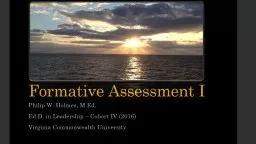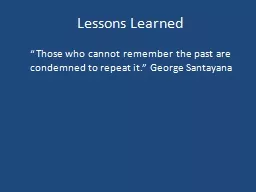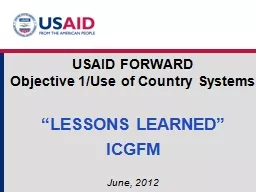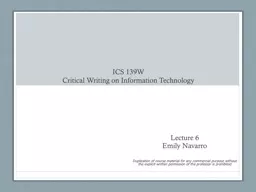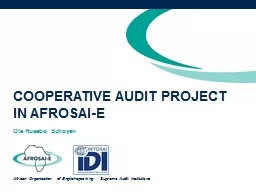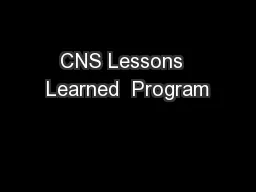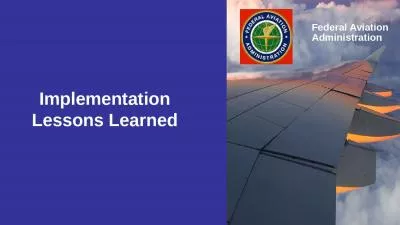PPT-Lessons Learned, Changes Made
Author : pamella-moone | Published Date : 2015-12-09
a new era in Australia Dr Joanna Flynn Chair Medical Board of Australia Outline Australia past and present The sorry saga of Dr Patel The new era in health professions
Presentation Embed Code
Download Presentation
Download Presentation The PPT/PDF document "Lessons Learned, Changes Made" is the property of its rightful owner. Permission is granted to download and print the materials on this website for personal, non-commercial use only, and to display it on your personal computer provided you do not modify the materials and that you retain all copyright notices contained in the materials. By downloading content from our website, you accept the terms of this agreement.
Lessons Learned, Changes Made: Transcript
Download Rules Of Document
"Lessons Learned, Changes Made"The content belongs to its owner. You may download and print it for personal use, without modification, and keep all copyright notices. By downloading, you agree to these terms.
Related Documents


